Tools I learned in Therapy
My Therapist told me in my previous session that my sessions are reaching a closure. The goals I had outlined at the start have progressed well enough to look at tapering and eventually ending the sessions. The more I think about it the more I admire my therapist skills in helping me heal. As I look back to my 13 therapy sessions, I look at the tools or as I call practical takeaways my therapist has empowered me with, to help realign myself mentally and emotionally. They are helpful and can be used in everyday life outside the safety of sessions.
Ever since my therapy started, my conversations with friends and clients have centered around my roller coaster therapy journey. Common misconceptions about therapy emerged from these conversations. The therapist is an expensive mirror who does not actually say anything helpful or constructive, just passively listens, absorbs, and then asks you the same question back. If that was the case, then what is the need of seeing a therapist. In therapy therapist listens to you without any judgments, helps you feel your emotions, nudges you to make the changes in your behavior, guides you to the baggage you are carrying. A therapist is a facilitator. The work is to be done by you. Yes, in the end, you reach conclusions and solutions tailored to your needs with your therapist.
To me my therapist is an expensive mirror, I have accepted that 😉 but there are phases in life when you need that expensive mirror. As a personal finance expert, I look at this as an investment in myself.
1. Meditation- Meditation has been a buzzword for quite some time, but it was my therapist who really got me into the habit of meditating daily.
I am a hyperactive person and my brain keeps ticking with no slowing down. The first thing she taught me was the importance of meditation and its benefits. She introduced me to Headspace and part of the first assignment encouraged me to spend 5 minutes a day with Headspace and doing their free meditation exercises.
At first, I looked at it as a chore and would find it challenging to do even 5 minutes before going to bed. The more I did it, the more I have started liking it. Now, whenever I feel myself starting to get anxious or low, I open Headspace and put on a guided meditation. I also use meditation to fall sleep.
2. Worry zone- Before going to bed leaving your worry of the day and life in this specially marked area of your home 😊 Does it work, yes you bet it does.
3. Self Care- In my third session this was the most talked about part of the conversation with my therapist and part of my assignment post the session.
Self-care is a divine responsibility, you got to fit your own oxygen mask first so that you can help someone else. Till the time my Mom was alive as her primary caregiver, I was torn between my work and taking care of her and home, doctor appointments. I had forgotten what it meant to do something just for fun. Prior to meeting my therapist, I had no self-care plan, even if I had something similar it was not effective.
I was asked by my therapist to nurture myself by doing what I love. I must admit self-care didn’t come easily but my dog-headed therapist was persistent with this tool 😉 . By the end of 13 sessions, I can proudly say I have a self-care tool kit, and every day in between work I take small pauses to take care of myself. My tool kit has the following:
- Diary and pen
- Doodling sketch book and black highlighters
- Favourite play list on YouTube, Gaana.com and Amazon Prime music
- Calming scents for relaxation
- Lego sets
- Books
- My gadgets Samsung Galaxy S8 Plus, I Pad Air, Bose sound wear, DSLR and Go pro
- Noise cancellation headphones when I want to cut the noises
- Google Keep-To pin my ideas
- Fresh air-walks in the parks
- Calligraphy Kit
I have rekindled my relationship with writing and drawing which I had long forgotten. Took full advantage of Covid-19 to upskill myself, hone my talent and skills, try new things. From 3rd session to 13th session I have made 100 Bookmarks, 50 plus doodles, written 25 letters of encouragement to my faith comrades, 20 plus blogs and reflections.
4. Thought Record Diary/Book- To me this was Latin and Greek and did not come easily. By end of 12th session I have kind of embraced it 😊
A thought record diary is a journal/book in which I was asked to record my significant thoughts, behaviors, and triggers to those thoughts in a sequenced and orderly manner. My therapist shared a format with me to write down my thoughts. These thought diaries are fodder to therapy sessions. My therapist usually goes through the thought record book/diary at the beginning of a session and reviews my week.
In other words, thought diary helps my therapist to understand what troubled me during the week, what those troubling triggers made me think and how I acted on those thoughts. Here is an interesting insight: if one can write the same thought diary and review it at the end of the week, even if one doesn’t have any psychological troubles/issues, one can still learn from it and hope for a better and more fruitful/productive week. It may make sense to start writing thought diaries even if you do not have any problems.
How thought record book/diary can help us:
-
A thought diary helps us to understand the trigger of our irrational thoughts.
-
Writing down thoughts helps us to understand if they are based in reality or irrational.
-
Diary also help us to remember how we behaved when we were experiencing troublesome thoughts.
-
By recognizing existing patterns, we can change not only the behavior but also the thoughts themselves.
5. Resilience Plan- Before I met my therapist, RESILIENCE was just a word whose dictionary meaning I knew, that, it is capable to recover quickly from difficulties or in more simple terms ability to bounce back from adversity.
The purpose of the plan is to have a ready reckoner, the powerful challenges I have navigated in the past. It builds confidence and shows me my learnings/lessons from these challenges. There is no overnight trick to building resilience; it is like a human muscle that we must strengthen over time. From my therapist, I have learned that there are things we can do to develop resilience on a regular basis. She made me write down the Four S’s of Resilience based on my past challenges and experiences, thereby coming out with my own resilience plan. Hindsight is great for prompting shifts in perspectives. The below exercise helped me in getting that shift in focus sooner and staying in the moment.
6. Look Backwards- It taught me to look back and cull from the past strengths I used in certain situations. In the last 3 months, this simple tool has helped me many times bounce back from difficult work situations.
7. Understand what is within your control- One of the most effective ways to live a simple life is to understand what is in your control, and what is not. Knowing what you can control allows you to use your finite energy in the best way possible. The time you spend thinking about, acting on, and attempting to change situations is often a large part of your life. When you spend that energy on things you DO have control over, then you make progress. However, by spending our energy on situations outside of our control, we waste away precious resources.
8. Reframe crisis or memory into an opportunity- This is how you gain control over seemingly helpless situation. This practical learning helped me deal with one of the biggest work crises I faced in my 18 years of professional career.
9. Right food and hydration important- Ever since I changed my diet and started drinking 8-10 glasses of water daily. -I am more energetic, agile, and lean compare to the start of my therapy.
10. Mindfulness- is the quality of being present and fully engaged with whatever we’re doing at the moment — free from distraction or judgment, and aware of our thoughts and feelings without getting caught up in them.
11. Priortise- Sometimes life can be so overwhelming so complicated and so stressful, that it can be difficult to discern the necessities from the things that can simply wait. I learned a lot of wonderful skills that help me communicate, prioritize, and stay organized so that life does not look overwhelming.
12. Being Assertive- It did not come easily. Being assertive can be difficult because other people often react negatively, and we feel afraid or uncomfortable as a result. But once I started focusing on this, results were evident.
Some of the benefits of being assertive:
- Gaining self-confidence and self-esteem.
- Understanding and recognizing my feelings.
- Earning respect from others.
- Improved communication.
- Creating win-win situations for everyone involved
- Improved decision-making skills.
- Creating honest relationships.
13. Accept, Forgive and Move on- There are things in our lives that are not meant to last. Many times, the changes we do not want are the changes we need to flourish and grow. Personal growth and change can be uncomfortable and painful, but nothing in life is as painful as staying stuck where you do not belong.
The things we hold on to, bear grudges against, or feel angry and hurt about cloud our mind and prevent us from being the best we can be.
Letting go usually involves some form of forgiveness or acceptance—whether it is forgiving yourself, someone else, or a situation. The irony is that whatever you are holding on to, it is probably hurting or bothering you much more than it does anyone else.
If someone wrongs you, it will probably cause you pain for a while, but after that, you have a CHOICE. You can refuse to let go of what happened, let it interfere with your relationship, LIFE and replay what happened over and over in your mind. Or, you can CHOOSE to forgive.
Accept what happened. Do not forgive because it is “something you are supposed to do.” Find the motivation to do it for your own well-being, happiness, and for the time you have left in your life. Forgiving does not mean that what that person did was OK. Forgiveness does not necessarily mean reconciliation. You may choose to forgive but decide to spend less time or no time in the future with someone who has hurt you.
One of the best things about going to therapy is building a tool kit that you can use any time, when you are struggling. That way, when you are ready to be kicked out of therapy 😉 you will be confident taking on life’s challenges.
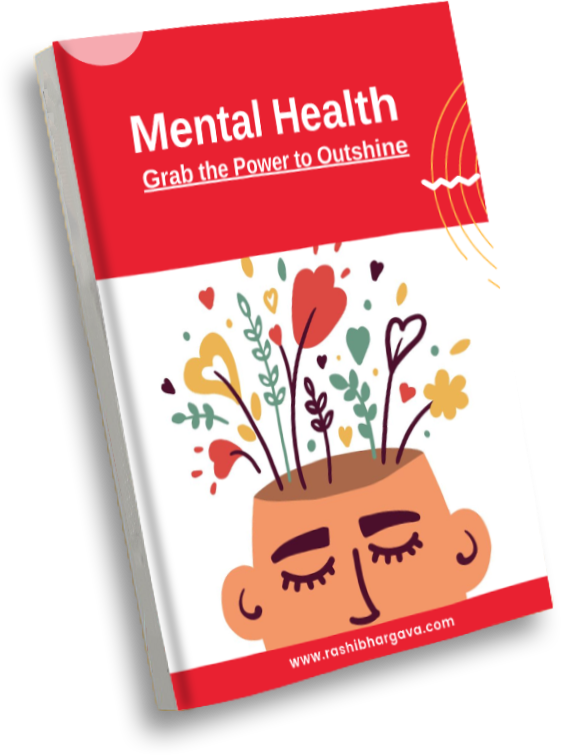
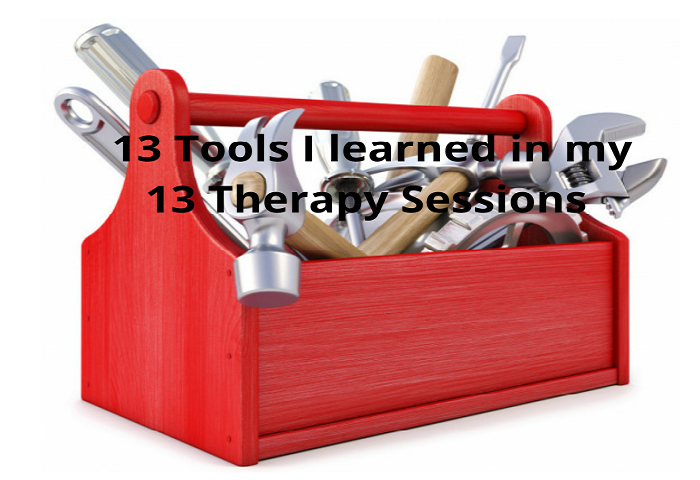
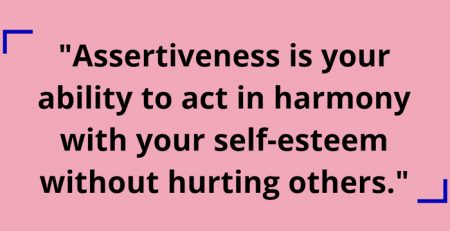

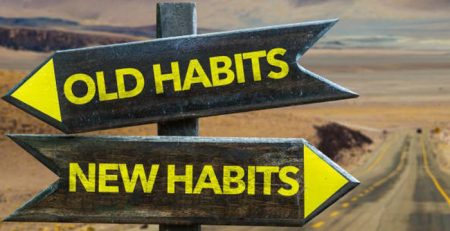

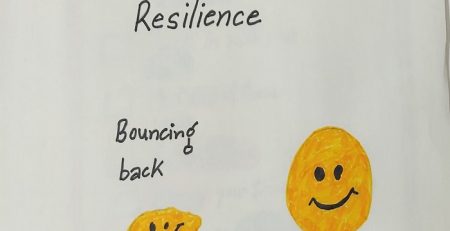
Leave a Reply